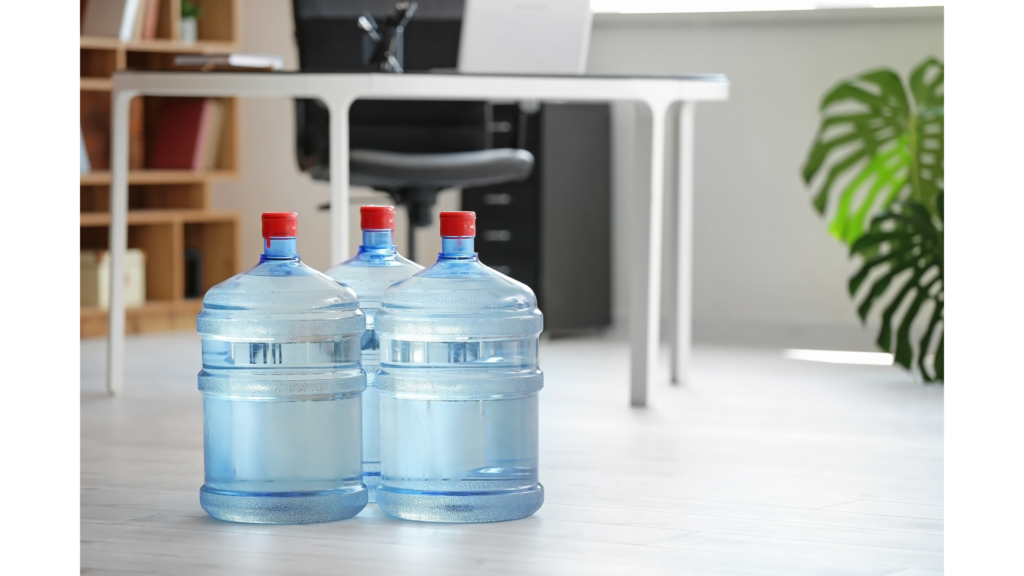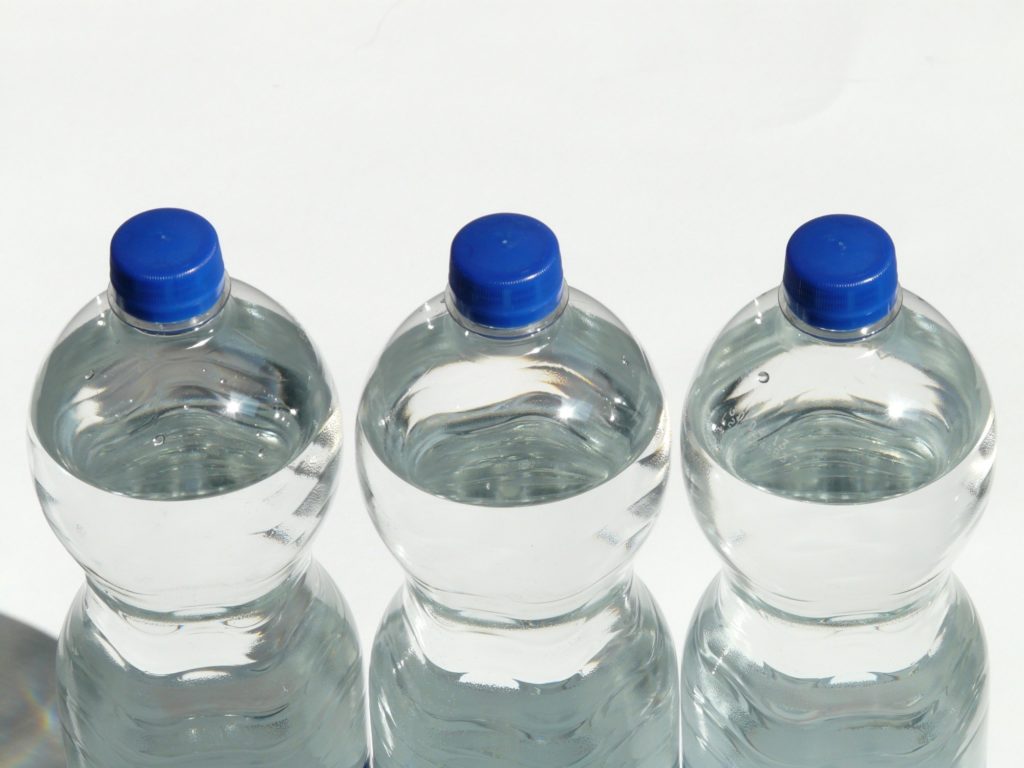
Is Bottled Water Delivery Worth the Price for Offices in 2025?
Every few months, I get a call from an office manager or facilities director asking the same thing: “Are we really getting our money’s worth with bottled water delivery?” And it’s a fair question—especially now that sustainability, cost-efficiency, and employee wellness all share equal weight in workplace decision-making.
As someone who’s spent nearly two decades helping companies optimize their office amenities while lowering their environmental footprint, I’ve run the numbers, seen the contracts, and walked through dozens of hydration audits. So, let’s break it down: is bottled water delivery still worth the price for offices in 2025?
The answer? It depends on your priorities—but for most offices, it’s time to rethink the status quo.
The Cost Breakdown: What You’re Really Paying For
On the surface, bottled water delivery seems simple: large jugs of water show up at your office every week, you swap them onto the cooler, and your team stays hydrated. But behind the scenes, there are layered costs baked into those plastic jugs.
You’re not just paying for water—you’re paying for:
- Logistics and delivery labor
- Fuel and vehicle costs
- Bottle deposits and returns
- Cooler rentals and maintenance
- Administrative fees baked into contracts
A typical office of 25–30 people can easily spend $150–$300 per month on bottled water service—more if you’re including hot/cold dispenser rental or high delivery frequency.
By the end of the year, that adds up to well over $1,800 to $3,600, just to keep the team hydrated—and that doesn’t include the opportunity cost of managing deliveries, storage space, or plastic waste.
What You Gain from Bottled Water Delivery
Now, let’s be fair. There are a few reasons bottled water delivery still appeals to certain offices.
It’s Familiar and Hassle-Free
Most employees know how to use a 5-gallon cooler. The simplicity and perceived purity of bottled water offers comfort—especially in industries where perception matters.
You Get Water on Demand
No plumbing required. If you’re in a leased office or temporary space with no water hookup, bottled delivery is a plug-and-play solution.
Predictable Service
You know exactly when bottles will arrive, how many to expect, and who to call if something goes wrong. For small teams without time to manage new infrastructure, predictability goes a long way.
But that predictability often comes at a premium—and it’s not always the most cost-effective or sustainable choice.

The Hidden Downsides in 2025
We’re in a different era than we were even five years ago. Inflation, environmental awareness, and changing employee expectations have all reshaped how companies approach office amenities.
Rising Delivery Costs
Fuel surcharges and labor increases have made bottled delivery more expensive in recent years. Many providers now charge additional fees for weekend delivery, missed drop-offs, or bottle storage.
Environmental Impact
Even when bottles are reused or recycled, they require transportation and cleaning between every use. Multiply that across thousands of offices, and you’ve got a carbon-heavy supply chain that clashes with most companies’ ESG goals.
Space and Storage
5-gallon bottles aren’t exactly compact. Offices with limited storage have to dedicate precious square footage just to hold their hydration inventory—and that’s space you’re paying rent on.
What Are the Alternatives?
This is where the conversation gets more interesting. In 2025, we have better options than ever for high-quality, lower-cost, eco-friendly hydration systems.
Bottleless Water Coolers
These units connect directly to your water line, filter the water in real-time, and dispense cold, hot, or even sparkling water—without any bottles.
The upfront cost may be higher, but long-term savings are real:
- No delivery or bottle deposit fees
- No storage headaches
- Lower carbon footprint
- Consistent quality with multi-stage filtration
- Sleek, modern look that elevates your breakroom
Point-of-Use Filtration
For offices with built-in sinks or plumbing access, under-sink filtration with a gooseneck tap is a minimalist, budget-friendly option. Pair it with a countertop chiller, and you’ve got a hydration solution that’s virtually invisible but just as effective.
Is Bottled Water Ever the Better Choice?
In some cases—yes.
If your office is mobile, remote, or situated in a building without access to reliable plumbing, bottled delivery might be your best (or only) option. It’s also a safe fallback for construction sites, pop-up offices, or disaster recovery setups where infrastructure is limited.
But if you’re in a permanent space, or sustainability is part of your brand identity, a bottleless system likely offers better value over time.
Worth It or Time to Move On?
Bottled water delivery served its purpose for decades—but in 2025, most offices can do better.
If cost control, environmental responsibility, and employee satisfaction are on your radar, switching to a filtration-based system is almost always the smarter choice. It pays for itself, simplifies operations, and aligns with where modern offices are headed.
Still unsure? Run a quick cost analysis—or better yet, conduct a hydration audit. You might be surprised at how much you can save (and streamline) by letting go of the bottle.

How to Switch to a Bottleless Water System (Without Disrupting Your Office)
If you’re ready to move on from bottled water delivery but aren’t sure where to begin, you’re not alone. I’ve walked dozens of office managers through this transition, and once you break it down into a few simple steps, it’s easier—and faster—than most expect.
Here’s how to make the switch with minimal disruption and maximum payoff.
Step 1: Audit Your Current Water Usage and Costs
Start by gathering your past few water service invoices. Look for how many gallons your team uses per month, how much you’re paying (including cooler rental, fuel surcharges, and deposits), and how often deliveries occur.
This gives you a baseline to compare against modern filtration systems. Most offices are surprised at how much they’re spending once they see the numbers in black and white.
Step 2: Evaluate Your Space and Water Access
Next, take a quick inventory of your layout. Do you have a breakroom or kitchenette with a sink? Is there a utility room nearby? Many bottleless systems only require a cold-water hookup and a power source, so plumbing limitations are less of a barrier than you might think.
If space is tight, ask providers about compact, freestanding units—they’re ideal for small offices or shared coworking spaces.
Step 3: Research Providers
Look for providers that specialize in point-of-use water filtration or bottleless water coolers. Check reviews, ask about service plans, and find out if they offer:
- Touchless dispensing
- Sparkling or flavored water options
- Maintenance and filter replacement
- Free trials or short-term contracts
The right provider will work with your layout, team size, and budget—and won’t push a one-size-fits-all solution.
Step 4: Request a Quote and Test the Waters
Once you’ve narrowed it down, ask for a custom quote based on your usage and office size. If possible, schedule a trial period. Many companies offer 7- to 30-day trials where you can test the unit, get employee feedback, and confirm it meets your expectations.
This lets you evaluate the product with no pressure and gives your team a chance to get used to the new setup.
Step 5: Phase Out Bottled Water Gradually
When you’re ready to commit, you don’t have to cut the cord all at once. Schedule your bottleless system installation first, then taper off your bottled water deliveries over a few weeks. This helps avoid downtime or gaps in service—plus it gives your employees a chance to transition without frustration.
If you’re under contract with a bottled water provider, check for any early termination fees and give notice once you’re confident the new system meets your needs.
Bonus Tip: Communicate the switch as a sustainability upgrade. Most employees are thrilled to learn their workplace is reducing plastic waste and upgrading their breakroom experience.
—
About the Author
Ethan Cole is a business growth advisor and serial entrepreneur with over two decades of hands-on experience helping startups and small businesses thrive. With a background in finance and operations, he’s led multiple companies from early-stage concepts to multi-million-dollar exits. Ethan specializes in scaling strategies, cost reduction, and building systems that support sustainable growth. As a content contributor for Kwote Advisor, he shares practical insights to help business owners make smarter decisions when launching, managing, and expanding their ventures.
